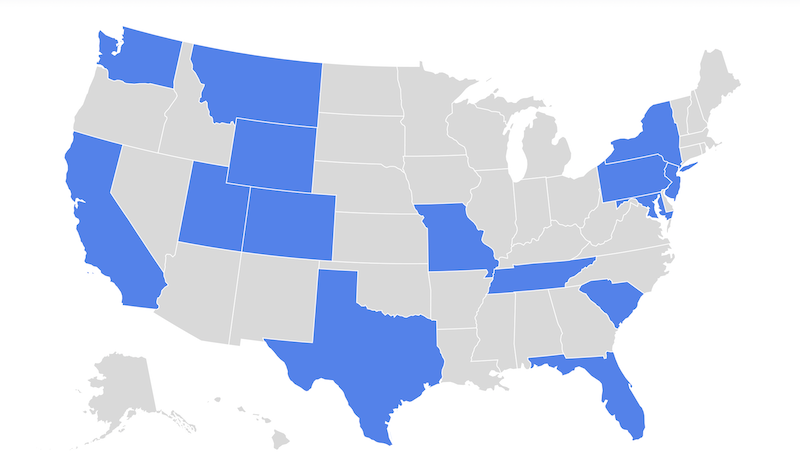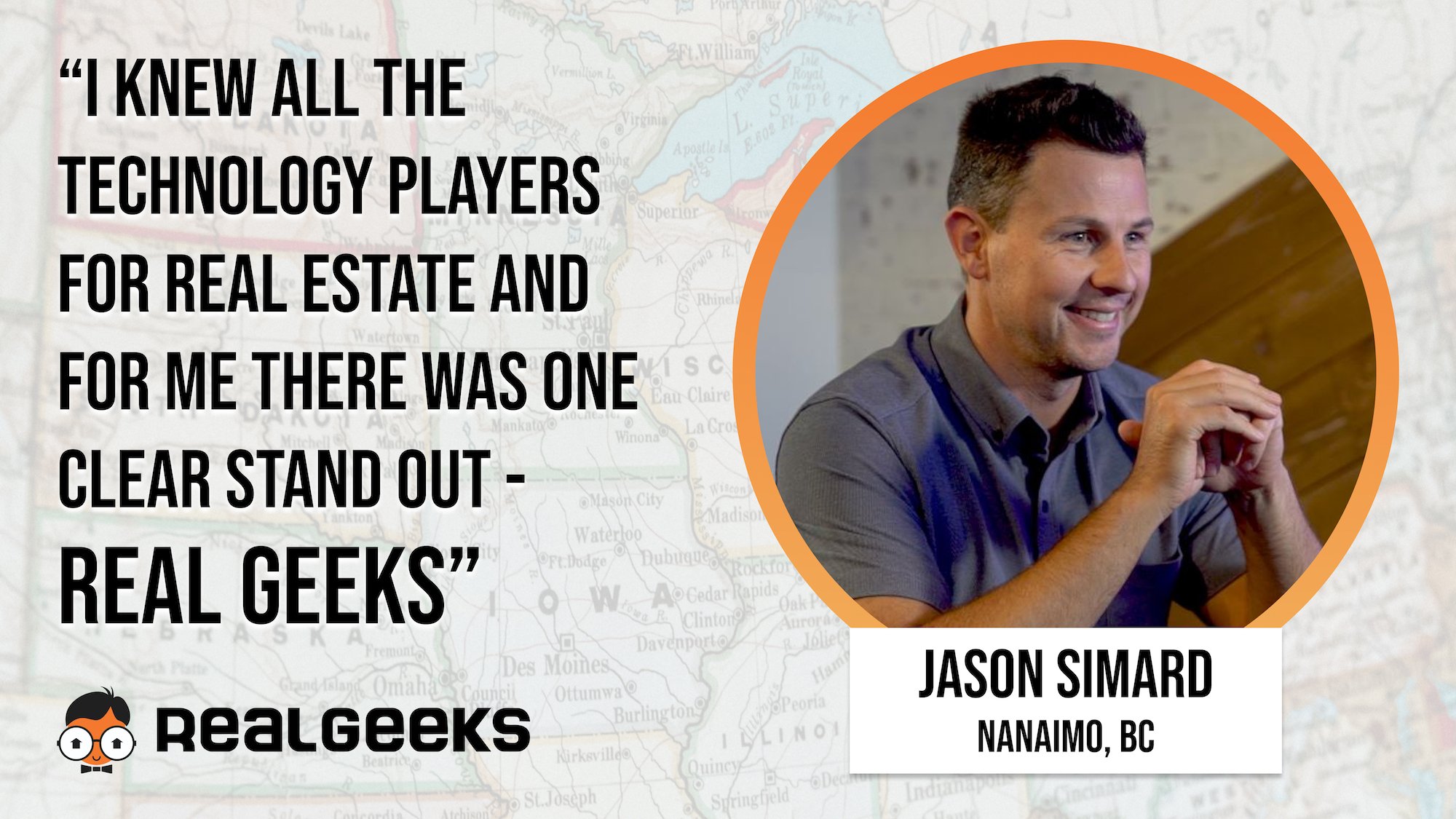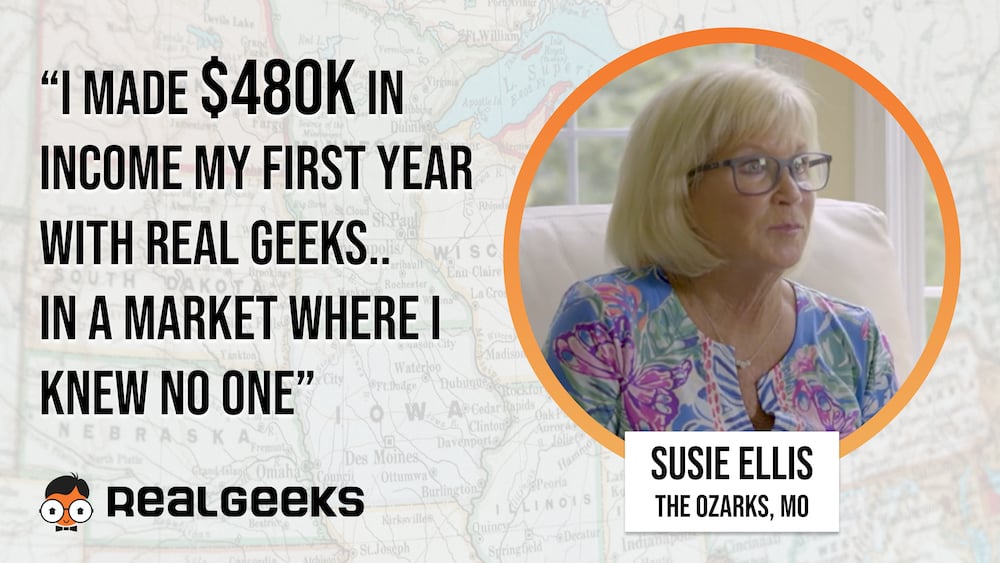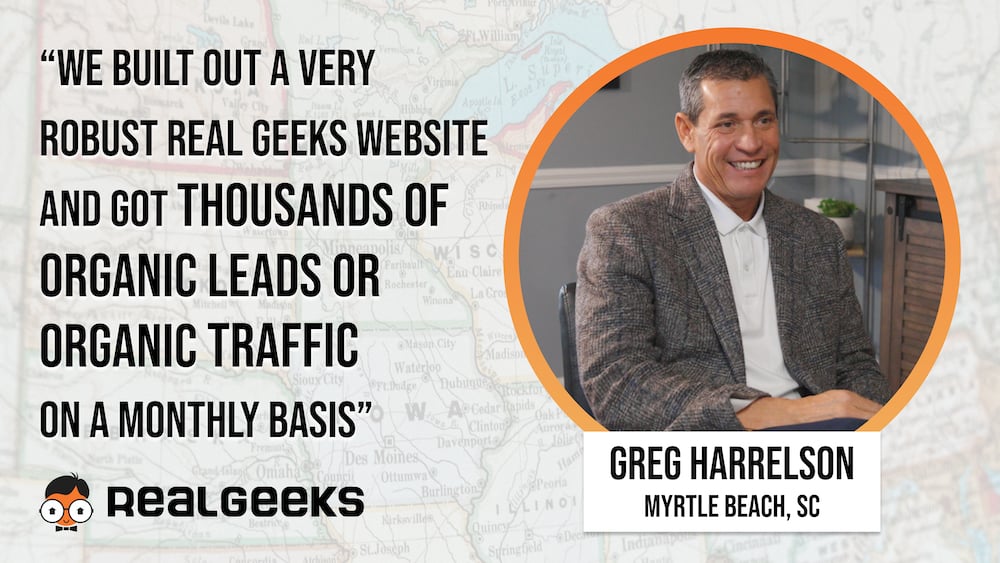Showing Fewer Properties and Writing More Contracts: A Guide for Real Estate Agents

In our industry, there's a delicate balance that exists between showing too few properties, which can lead to buyer inaction, and showing too many properties, which can lead to buyer confusion and hesitation.
Greg Harrelson and Abe Safa, both seasoned real estate agents, break down how to show your leads the right amount of properties that result in a signed contract.
Remember, if you want access to live coaching calls where Greg covers this and many other topics in greater depth, join his private community for Real Geeks users at RGMastery.com for less than $200 per month.
The Problem: Too Many Properties, Not Enough Decisions
Showing properties can be a fun experience. You get to build rapport, you get to understand what buyers are looking for, and you get to practice your power of salesmanship.
But according to Greg and Abe, a big problem that many agents don't notice is that they're showing the same buyer far too many properties.
How's this possible?
Let us explain: the more properties a buyer sees, the more overwhelmed they become. And as an agent, this can be frustrating—especially when you know you've already shown them a property that meets all their criteria.
You might find yourself asking, "Why aren't they making an offer?" Despite having shown them homes that match their needs and preferences, buyers often want to see more.
Here's what you need to understand: The number of properties a buyer looks at directly correlates with how well the agent has trained them in the home-buying process.
What's worse, in these situations, the buyer is likely requesting for more viewings because they don't feel like the agent is listening to them.
This confusion stems from the buyer not knowing exactly what they want—or more importantly, what they don't want. When an agent isn't helping buyers filter out unsuitable homes, the process becomes overwhelming.
Buyers may not always be able to articulate why they don't want a certain property, but they do know when something feels off. This leads to a vicious cycle: more properties, more confusion, and no offers.
Agents Train Buyers Based on Their Approach
The way agents work with buyers has a direct influence on how the buyer behaves.
According to Greg, "What agents need to understand is that we train buyers based on how we work with them."
If an agent shows 15 or 20 homes, the buyer may believe that this is a normal part of the process. Without proper guidance, buyers assume that seeing as many properties as possible is the only way to make a decision.
Instead, agents should train their buyers to focus on quality over quantity. This can be done by asking key questions and setting expectations early in the process. By doing so, agents can show fewer properties and increase the likelihood of writing more contracts.
The Solution: Qualifying Properties Early On
To avoid the confusion and fatigue that comes with showing too many homes, agents need to be proactive.
The first step is during the initial conversation with the buyer. As the agent, you should gather not only the buyer's motivations, budget, and what they are looking for in a property, but also what they absolutely do not want in a property.
One of the most effective ways to gather this information is to ask buyers to fill in the blanks:
“If the property doesn't have ____, then I don't want to even look at it."
Encourage the buyer to provide at least three to five answers to this sentence.
This process will help you identify the buyer's non-negotiables—those features that a property must have for the buyer to consider it. Whether it’s a garage, pool, or en-suite bathroom, these are the "MUSTS" that will guide the home search.
In addition to the must-haves, it’s also important to understand the buyer's preferences—their "WANTS."
And you can figure these "WANTS" out by asking the buyer to provide three to five answers to the following sentence:
"If the property had ________, then it would be a dream come true."
"WANTS" are the features that would be nice to have but aren’t deal-breakers. When you know both the MUSTS and the WANTS upfront, you can show fewer properties, but those properties will be better aligned with what the buyer is actually looking for.
Buyers Buy by Elimination, Not Selection
A key insight that Greg and Abe share is that buyers don’t choose a property by selecting their favorite from a large pool—they choose by eliminating the ones that don’t fit their criteria.
Many agents mistakenly approach the home search process as if buyers are choosing a property through selection. They assume that showing more properties will give the buyer a better chance of finding their dream home. However, in reality, buyers eliminate properties based on their non-negotiables and preferences, narrowing down the options until they find the right one.
By focusing on what the buyer doesn’t want, you can streamline the process.
If you understand their MUSTS and WANTS from the start, you’ll be able to eliminate unsuitable properties before even showing them. This means you’ll show fewer properties, but each one will be a better match for the buyer's criteria.
Reassure the Buyer: Fewer Properties, Better Options
Once you’ve gathered the buyer’s MUSTS and WANTS, it’s important to communicate how you’ll be narrowing down the property search.
Let the buyer know that you’ll be reviewing 25 to 30 properties on the MLS and eliminating those that don’t meet their criteria. You’ll only show them the top 5 properties that best fit their needs.
It’s crucial to explain that those 5 properties were carefully selected from a larger pool because they meet all of the buyer’s MUSTS and most of their WANTS. By doing this, you’re demonstrating your value as an agent. You’ve done the legwork of eliminating properties that don’t fit, saving the buyer time and effort.
Most buyers don’t want to look at 30 properties. They appreciate it when an agent narrows down the options for them, based on their criteria.
In fact, showing too many properties can make you seem unprofessional, as it may appear that you haven’t done your due diligence in vetting the options. By showing only a handful of well-matched properties, you establish yourself as an expert who is working efficiently to meet the buyer’s needs.
Writing More Offers by Asking the Right Questions
To guide the buyer toward writing an offer, you need to ask the right questions during each showing. After viewing a property, ask the buyer, “Is this a property you can see yourself living in? Should this property be on the Elimination list or the Potential Selection list?”
These questions force the buyer to make a decision before moving on to the next property. By the time you’ve shown the third property, the buyer will begin to volunteer this information without being prompted. They’ll start evaluating new properties with these questions in mind, making the process more efficient.
As Greg and Abe point out, this method helps the buyer move through the process of elimination faster, which in turn leads to writing offers sooner. The buyer will know which properties don’t work for them and why, and they’ll be better prepared to make an offer on a home that fits their criteria.
Follow-Up Questions to Refine the Search
If the buyer decides to eliminate a property, don’t just move on to the next one. Ask a follow-up question: “What specifically did you not like about this property?”
This helps you refine the search for future showings. By understanding what the buyer didn’t like, you can further eliminate unsuitable properties and focus on those that meet their criteria.
This approach also shows the buyer that you’re paying attention to their preferences and tailoring the search to their needs. It reinforces your value as an agent who is not just unlocking doors, but actively helping them make the right decision.
Managing Expectations with Buyers Who Want to See Too Many Properties
Sometimes, buyers come to you with a long list of properties they want to see. In these cases, it’s essential to manage their expectations and guide them through the process of elimination before physically visiting each property.
One effective technique is to schedule a Zoom call or an in-person meeting where you can review the list together.
During the meeting, go through each property and eliminate those that don’t meet their MUSTS.
For example, you might say, “This one doesn’t have a pool, and that was a non-negotiable for you,” or “Remember, this one is smaller than what you wanted. Let’s put it on the Elimination list.”
By narrowing down the list before visiting the properties, you save time and focus only on the homes that truly fit the buyer’s criteria.
Conclusion: Your Value as an Agent
As a real estate agent, your value comes not from showing a large number of properties, but from helping buyers eliminate those that don’t meet their needs.
Buyers trust you to guide them through the process and help them make informed decisions. By showing fewer properties and asking the right questions, you can help buyers focus on the homes that are the best fit for them—and write more offers in the process.
Remember, if you want access to live-coaching calls where Greg covers this and many other topics in much more depth, join his private community for Real Geeks users at RGMastery.com, for less than $200/month.
Real Geeks is a highly efficient and effective lead generation and conversion solution for cultivating, capturing, and managing leads at any stage of the home buying or selling process.
Drive traffic, capture leads, nurture opportunities, and close more transactions with a robust CRM, fully integrated custom IDX website, and marketing solutions for agents and teams of any size.
Real Geeks is one of the best lead generation and management platforms available, but don't just take our word for it – hear from customers loving their experience with Real Geeks →





/Blog/Thumbnail%20-%20No%20More%20Excuses_%20The%20New%20Real%20Geeks%20Click-to-Call%20Dialer%20Is%20Here.png)
/Blog/Thumbnail%20-%20How%20to%20Convert%20Real%20Estate%20Leads_%20Scripts%2c%20Relationships%2c%20and%20AI.png)
/Blog/Thumbnail%20-%20Introducing%20the%20Real%20Geeks%20Dialer.png)